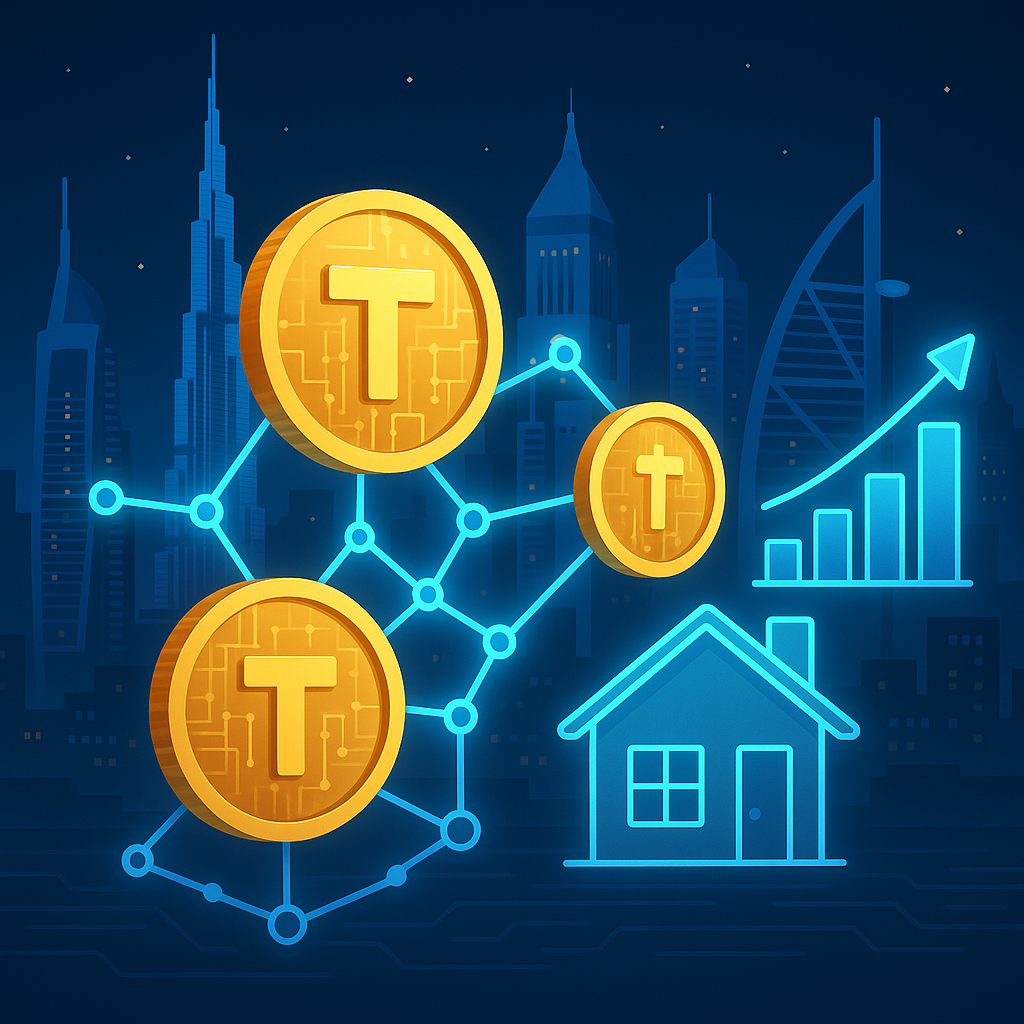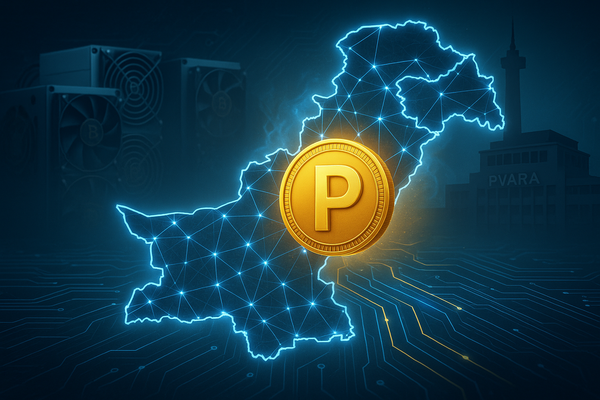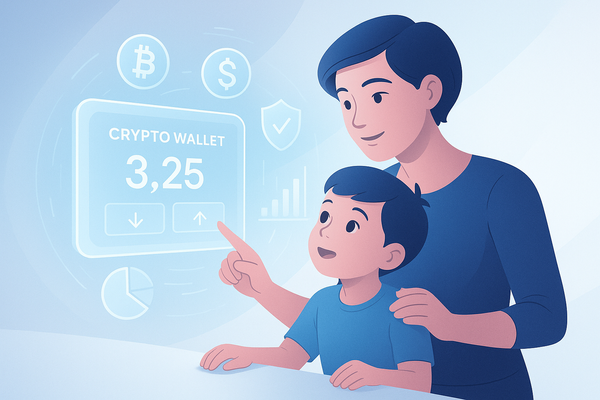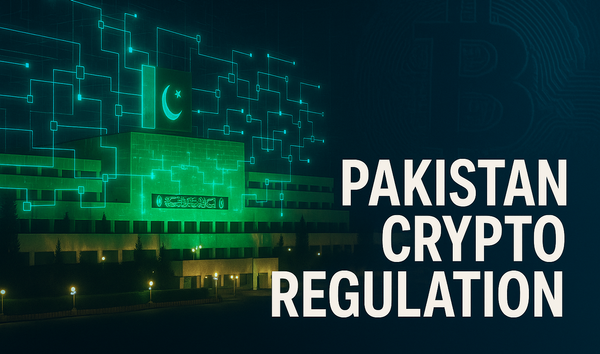Dubai & UAE Leading the Tokenization Wave: What Pakistan Can Learn
Dubai and the UAE are rapidly becoming global leaders in real-world asset tokenization. From fully tokenized properties to government-backed blockchain initiatives, here’s what this means for Pakistan's crypto and blockchain future.

Dubai and the wider UAE are fast emerging as global pioneers in real-world asset (RWA) tokenization. With several successful real estate tokenization projects and clear government support, the region is proving its readiness to embrace Web3 and blockchain infrastructure.
What is Tokenization, and Why Does It Matter?
Tokenization is the process of converting ownership rights of real-world assets like real estate or commodities into digital tokens on a blockchain. This improves liquidity, simplifies cross-border transactions, and lowers the barrier for small investors to participate.
In 2025 alone, Dubai has seen multiple successful tokenized real estate launches. Most recently, Dubai sold its 9th fully tokenized property, funded in just hours by 238 investors. These fractionalized ownership models are redefining real estate access.
- Companies like RealT, Eqarat, and Landshare are gaining momentum
These platforms are offering small investors a chance to own a fraction of high-value Dubai properties through regulated tokenized offerings. - DIFC Launches Blockchain Tokenization Framework
Dubai International Financial Centre (DIFC) introduced a legal and regulatory framework in 2024 to support tokenization. This provides legal clarity for security tokens and asset-backed tokens. - Virtual Asset Regulatory Authority (VARA)
VARA has issued comprehensive guidelines for tokenized securities and virtual asset service providers (VASPs). This clarity is attracting global exchanges and RWA startups to set up operations in Dubai. - Emirates Blockchain Strategy 2031
The UAE's national strategy aims to conduct 50% of government transactions on blockchain. Tokenization of government land records and trade finance is also under consideration.
4. Why This Matters for Pakistan
Dubai’s lead in asset tokenization could serve as a model for Pakistan. With the right regulatory clarity, Pakistan could invite foreign and local investment in tokenized real estate and startups, boosting transparency and inclusion.
As crypto adoption rises in Pakistan, especially among youth, integrating tokenized assets with regulated exchanges could boost legitimacy. Regulated token markets would offer new business models for Pakistani crypto startups, developers, and fintech founders.
Tokenization opens doors for small and medium investors, including Pakistanis living abroad. Fractional real estate investments, made possible by blockchain technology, could allow overseas Pakistanis to legally and securely invest in property back home, using stablecoins or digital assets.
Without a tokenized real estate framework, Pakistan continues to depend on outdated land registration systems, deterring foreign investment and slowing down economic activity.
One of the biggest issues in Pakistan’s financial system is the lack of trust and transparency. By implementing blockchain-based tokenization (like Dubai is doing), ownership, transfer of funds, and even government auctions could become tamper-proof and transparent, significantly reducing corruption and illegal activities.
More than 70% of Pakistan’s population is either unbanked or underbanked. Through tokenization and blockchain-based wallets, land, cars, commodities, and even solar projects could be fractionalized and sold to retail investors, giving millions access to assets they could never otherwise afford.
The UAE’s tokenization journey is more than hype; it's creating real-world opportunities in real estate, finance, and government services. For emerging markets like Pakistan, this is an example worth watching and acting on.
This is not just about technology, it’s about economic sovereignty, financial empowerment, and competing in the new digital age.
If Dubai is tokenizing its economy, Crypto Pakistan must not be left behind.




